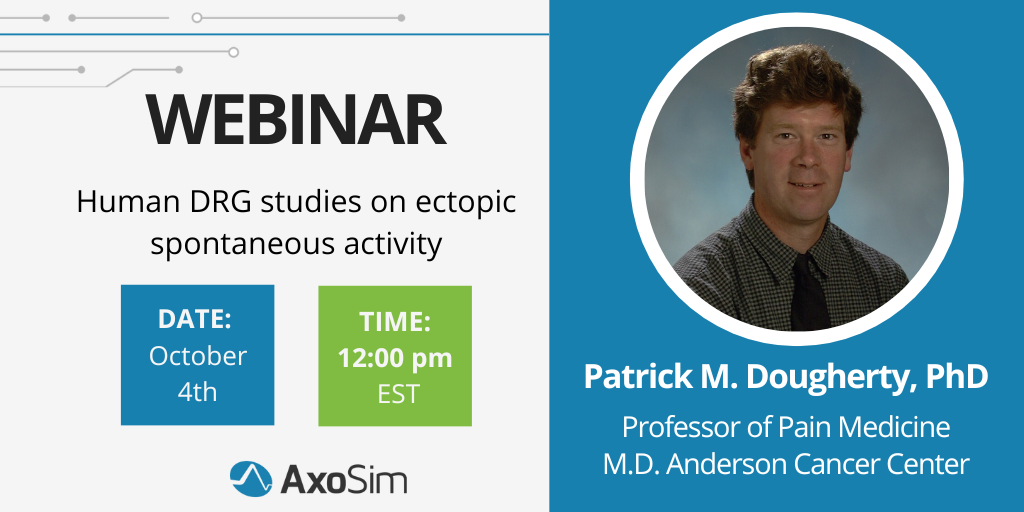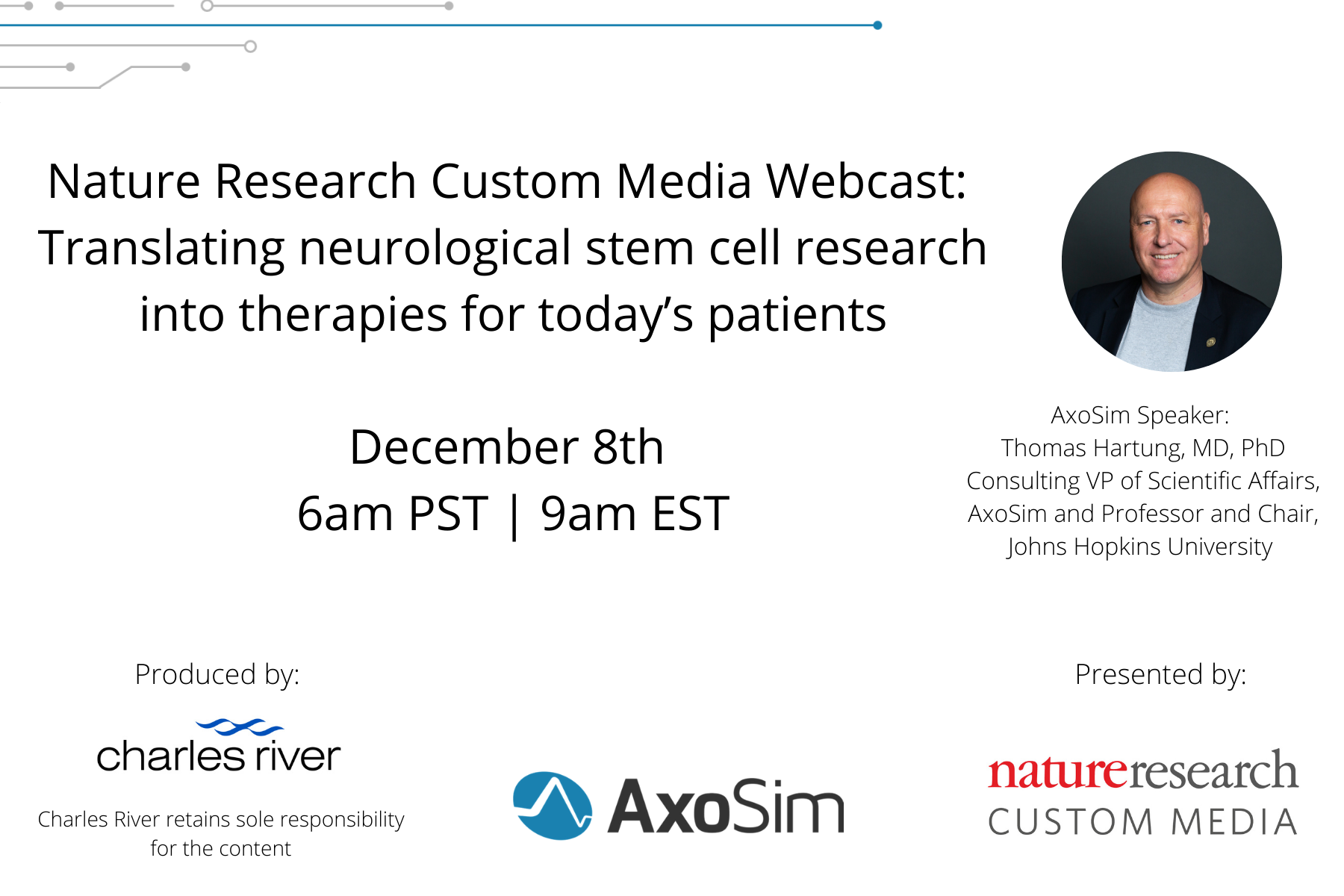“Human DRG studies on ectopic spontaneous activity” with Dr. Pat Dougherty of MD Anderson
Speaker: Patrick M Dougherty, Professor of Pain Medicine | MD Anderson Cancer Center
Take an in-depth look at Dr. Dougherty’s innovative research into neuropathic pain experienced by cancer patients.
For 22 years, Dr. Dougherty has held appointment as Professor of Pain Medicine at the University of Texas M.D. Anderson Cancer Center. His recent work centers on determining the mechanisms of neuropathic pain experienced by cancer patients. The work has been composed of parallel studies conducted in both humans and animals. In the human studies, he and his team have conducted psychophysical studies to define the sensory fibers involved in these pain conditions; and more recently, expanded this work to utilize human dorsal root ganglia tissue excised during surgical treatment for cancer. The animal studies have been to define both the peripheral and central neurophysiological mechanisms that are altered following cancer and cancer chemotherapy and to determine agents that may provide a neuroprotective role. The current emphasis in each of these studies is to determine the role that innate immune mechanisms play in the pathogenesis of cancer- and cancer treatment-evoked neuropathic pain.
*All times are Eastern Time Zone
View Webinar


